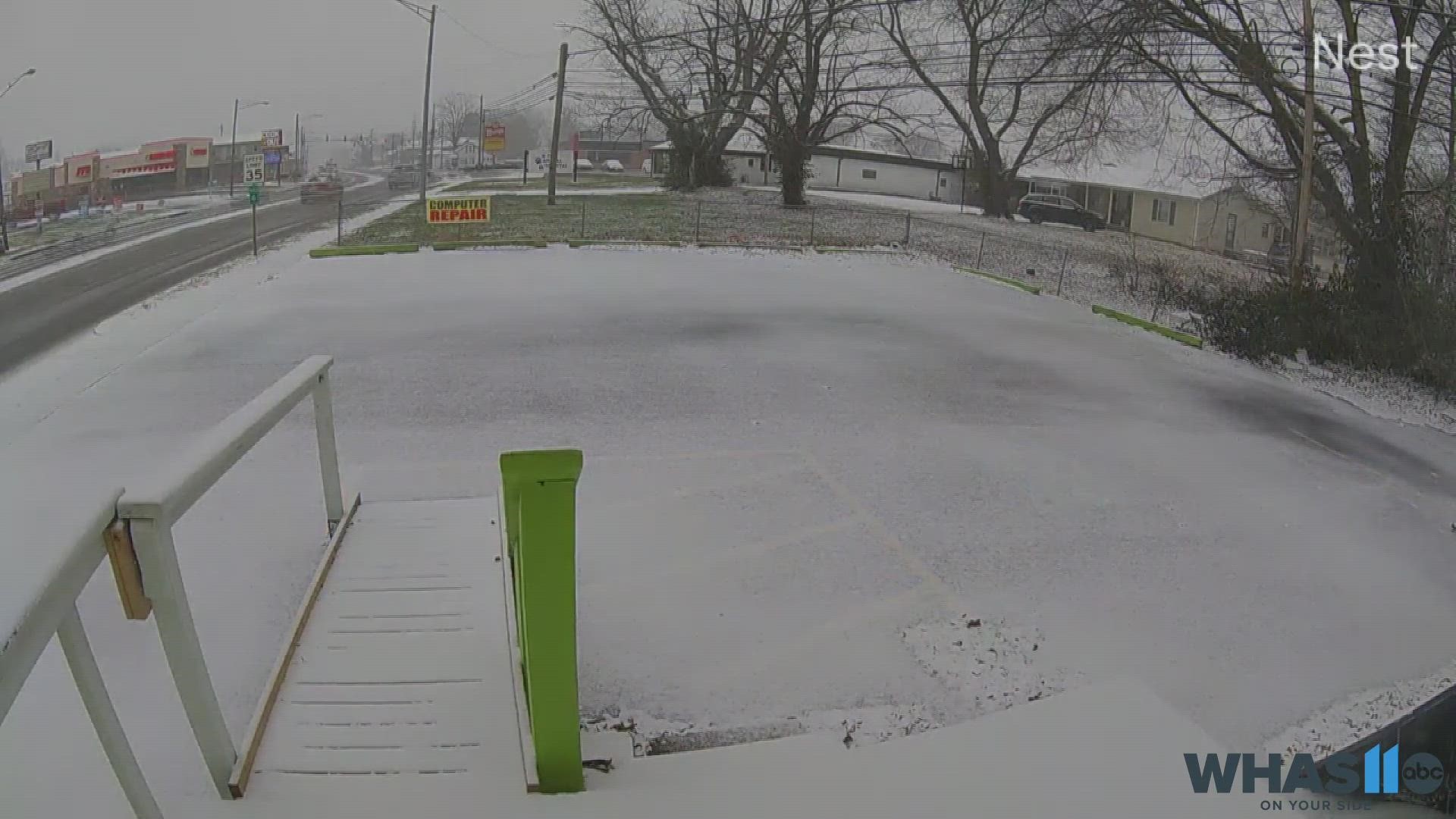As temperatures drop throughout the country, many people are bundling up and preparing for snowstorms – if they haven't already been caught in one.
But some VERIFY readers have wondered if there’s a point at which the temperature gets so low that not even snow will fall. Annette asked via email, “Can it be too cold to snow?”
THE QUESTION
Can it be too cold to snow?
THE SOURCES
THE ANSWER
No, it cannot be too cold to snow. Snow can only form when there’s moisture in the air, and while cold air holds less moisture than warm air, there are still certain conditions that can generate snowfall at extremely low temperatures.
WHAT WE FOUND
Snow requires three things to fall, according to a Space Science and Engineering Center at the University of Wisconsin-Madison weather blog: below-freezing temperatures in the atmosphere, moisture in the air and rising air in the atmosphere.
The university blog says that warmer moist air at ground level can be lifted higher into the atmosphere by a cold front. The air will then expand and cool because air pressure decreases with altitude. The expanding air will increase the humidity of the atmosphere, creating an opportunity for ice crystals to form if the temperature is below freezing. Those crystals fall from a cloud that has formed out of the increased humidity, creating snow.
But colder air is typically drier than warmer air. That means the lower the temperature drops, it’s unlikely– but not impossible– for the air to have the necessary moisture for snow.
The National Snow and Ice Data Center (NSIDC) says most heavy snowfalls occur when the temperature near the ground is 15 degrees Fahrenheit or warmer. This is because warmer air holds water vapor better than cooler air.
Additionally, there is less rising air when the temperature is colder, the NOAA National Severe Storms Laboratory (NSSL) says. “It rarely snows when the temperature drops below zero degrees Fahrenheit because the atmosphere is too stable,” it says.
However, the NSSL says significant snowfall is still possible in extremely cold temperatures because warmer air higher in the atmosphere could provide the moisture levels needed to form ice crystals. That warmer air can move into the same place as the cool, rising air, creating better conditions for heavy snowfall.
But what about places that experience record-breaking cold? While temperatures that may be low enough to inhibit snowfall have been recorded in Antarctica, these conditions are rare. A recent study found that the coldest-ever temperature recorded in Antarctica, -144 degrees Fahrenheit, is only possible when the air is extremely dry because water vapor traps some heat in the air.
But that doesn’t mean it’s never snowed in these areas. Even in Antarctica’s coldest region, the East Antarctic Plateau, there is recorded snowfall.
Outside Antarctica, the coldest temperature ever recorded was -93 degrees Fahrenheit in Greenland. That’s significantly warmer than the Antarctic temperatures that require the air to be dry. That means there is no place on Earth where it actually might be possible for it to become “too cold to snow.”

